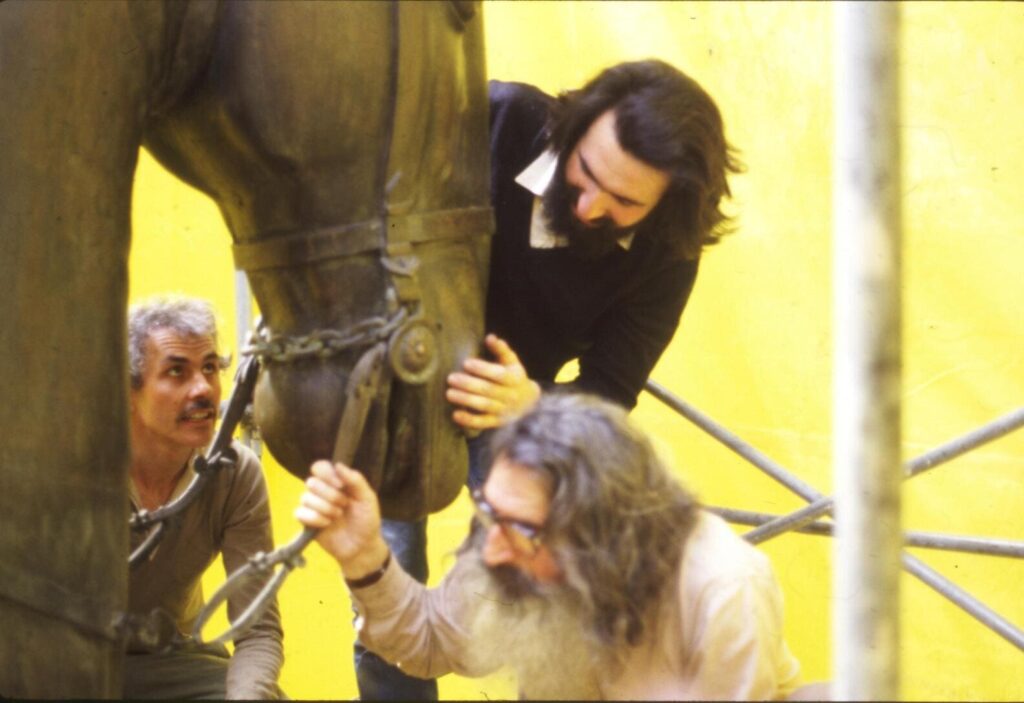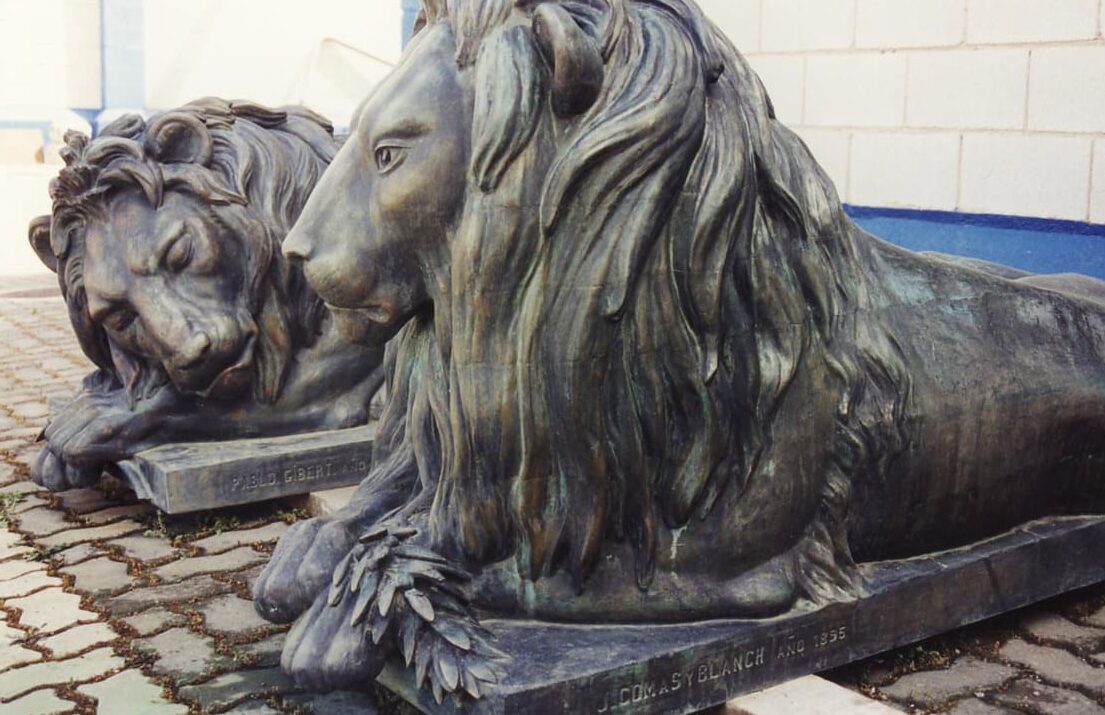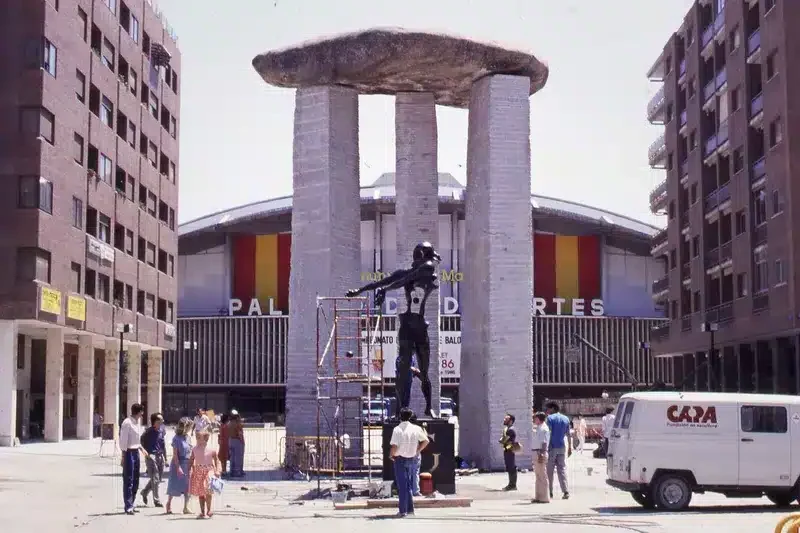Bronze in Art
Bronze has been important in art for centuries. It is an alloy that has fascinated humanity for a long time. At Capa Esculturas, we are dedicated to artistic foundry, and bronze is our main raw material.
But what exactly is bronze and what is its composition? In this article, we will explore in detail what bronze is, what it is made of, its properties and how we use it to bring our sculptures to life.
What is Bronze?
Bronze is a metallic alloy, which means that it is a mixture of two or more metals. In this case, bronze is mainly composed of copper and tin. This mixture of approximately 90% copper and 10% tin makes the material more resistant and durable than pure copper.
In addition, this mixture may contain certain amounts of other materials such as zinc, lead or nickel, which improve certain properties of the alloy. The mixture of copper and tin creates an important material for making tools, artwork and sculptures throughout history.

Properties of Bronze
Hardness and Durability
The choice of bronze components is not arbitrary. The proportion of copper and tin not only defines its hardness and durability, but also its capacity to resist corrosion. Bronze is resistant to oxidation, making it perfect for sculptures that are durable and can withstand weather conditions. This corrosion resistance is especially valuable when sculptures are exposed to outdoor environments, such as those that are close to the sea.
Conductivity and Melting Point
Another remarkable property of bronze is its ability to conduct heat and electricity. Bronze is useful in many applications because of its thermal and electrical conductivity. In art, however, these characteristics are not as important, but they do have an impact during the foundry process.
The molten bronze melts at a low temperature, between 1150°C and 1200°C. This makes it easy for artists to handle and mould into complete and detailed shapes.
Bronze Density and Wear Resistance
The density of the bronze is another crucial aspect. Bronze is dense (8.7-8.9 g/cm³) and solid for large, detailed sculptures, but not too heavy to handle or manipulate. In addition, bronze is harder than pure copper, which makes it significantly more resistant to wear. This is essential for the creation of sculptures and decorative elements that must maintain their shape and fine details in the long term.

Artistic Uses of Bronze
Sculptures and Monuments
At Capa Sculptures we take advantage of these unique properties to create works of art that are not only visually attractive, but are also incredibly durable. The strength and malleability of bronze allows us to work with fine details and make finishes that stand out in any environment. We use an exact mix of copper and tin to ensure that our sculptures look good and remain resistant over time.
The bronze sculptures have an impressive and durable presence. Antique bronze sculptures resist the passage of time. We can still admire the skill of the artists of that time as we can see in Dalí’s sculpture ‘Newton’.

History and Tradition
The history of bronze in art is rich. Bronze has been used since ancient civilisations to create ceremonial figures and tools. Even today, some artists continue to explore its possibilities because of its beauty and durability. At Capa Sculptures, we try to honour the tradition of bronze art while incorporating our ideas and techniques to take it to the higher level.
The use of this material dates back to the Bronze Age, which marked a significant advance in human technology and culture. Early civilisations, such as the Sumerian or Egyptian, used bronze not only for tools and weapons, but also to create religious and decorative artefacts. This cultural heritage is reflected in contemporary artistic foundry practices, where bronze remains a symbol of quality and longevity. Here we can see what is believed to be the oldest bronze sculpture (about 3500 years old), found near Lake Biel in Switzerland.
Foundry porcess in Capa Esculturas
Our artistic foundry process at Capa Esculturas begins with the creation of a model, either digital or physical. A wax or clay modelling is then created. This model serves as the basis for a vessel that will later be used for the foundry process.
Accuracy at this stage is crucial, as it will determine the quality and detail of the final sculpture. The bronze is heated to its melting point and then poured into the mould. Once cooled and solidified, it is removed and detailed finishing work is carried out to polish and perfect the sculpture.
Each stage of the foundry process requires specialised skills and a great deal of attention. At Capa Esculturas, every step is important. From moulding to finishing, we ensure that the sculpture reflects the artist’s vision. We are also committed to exceeding high quality expectations. This care and precision ensure that our sculptures have a long service life and resistance to wear and tear.
Here you can see our completed projects.




